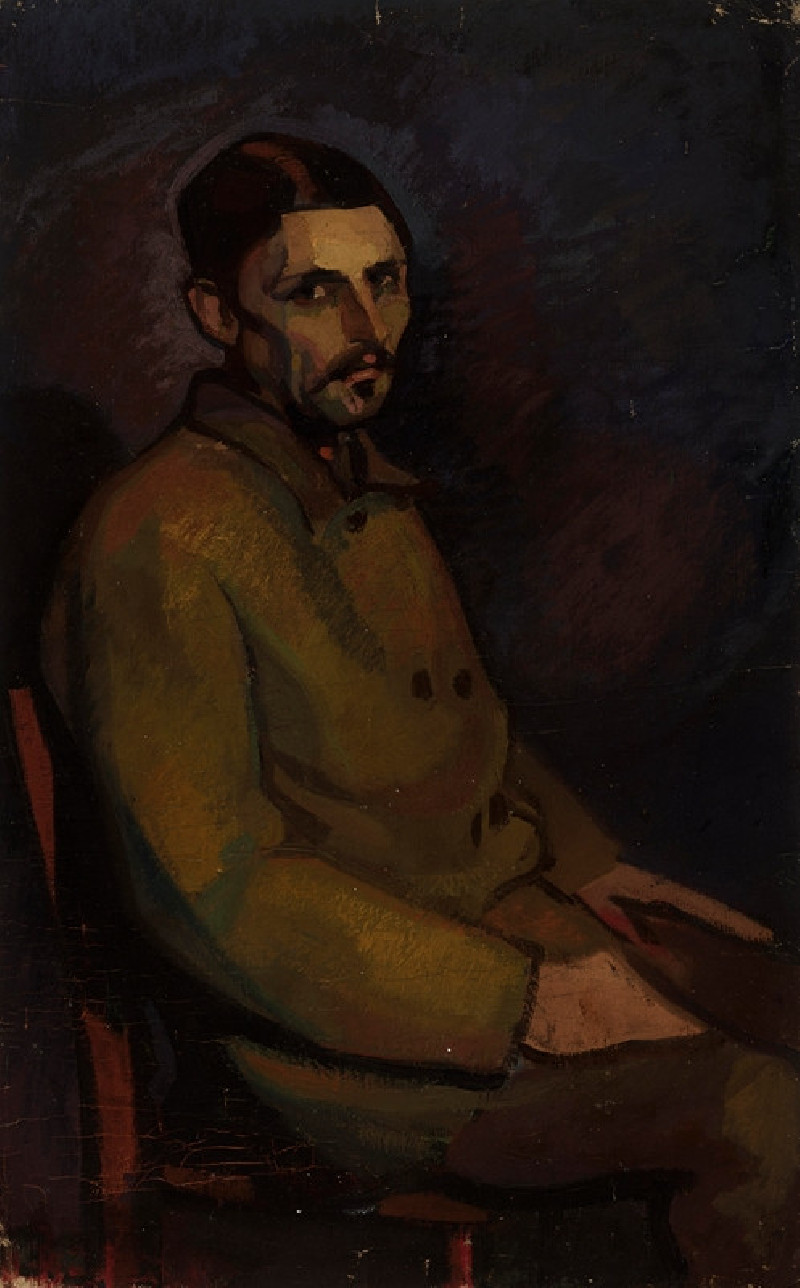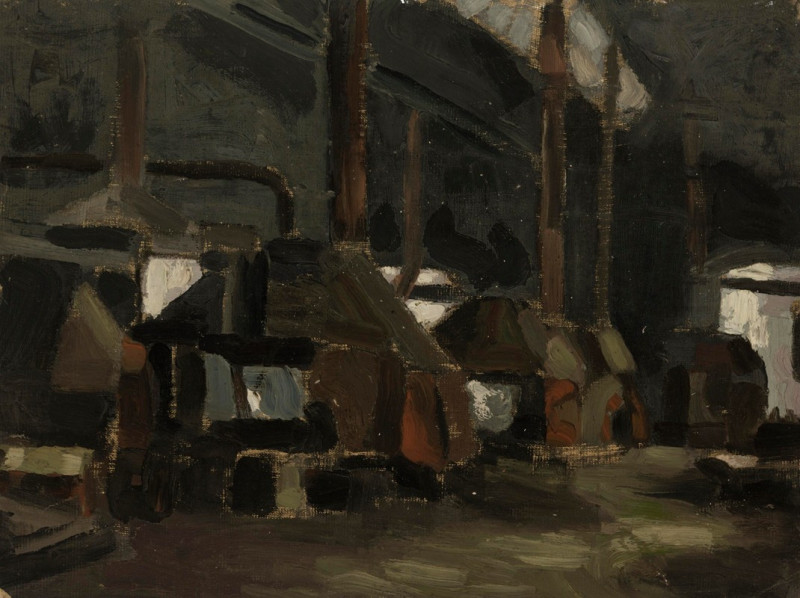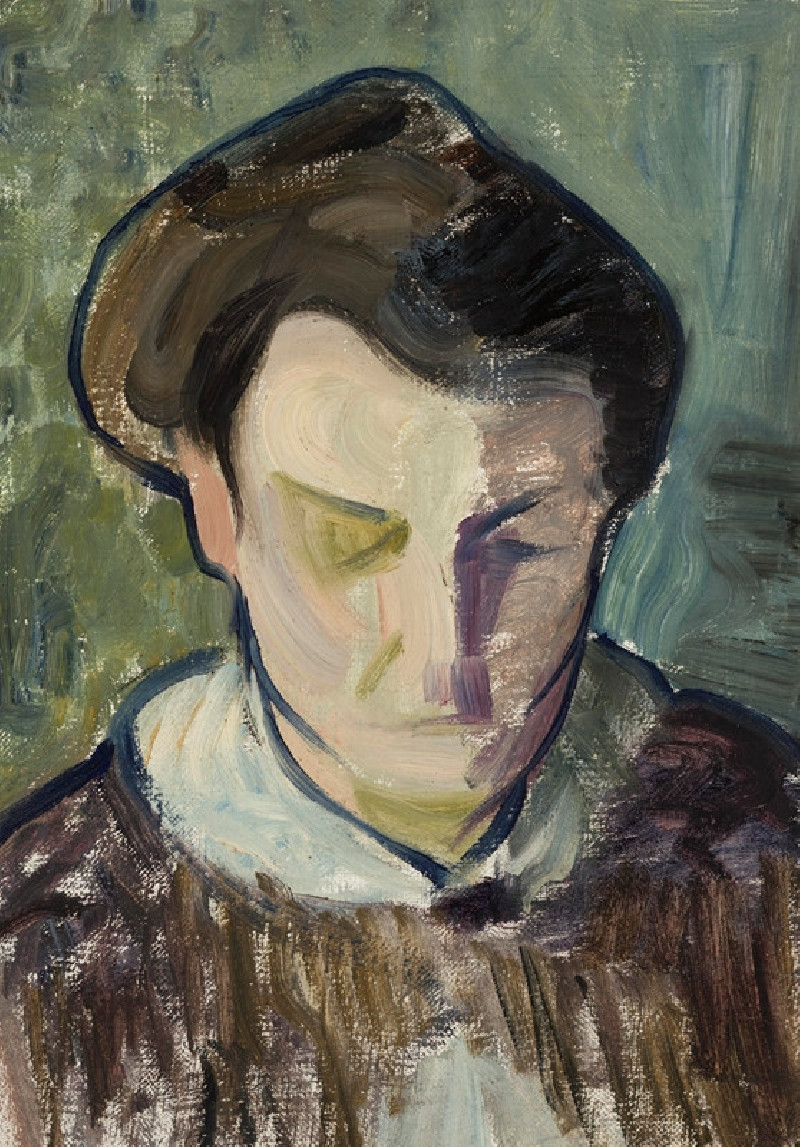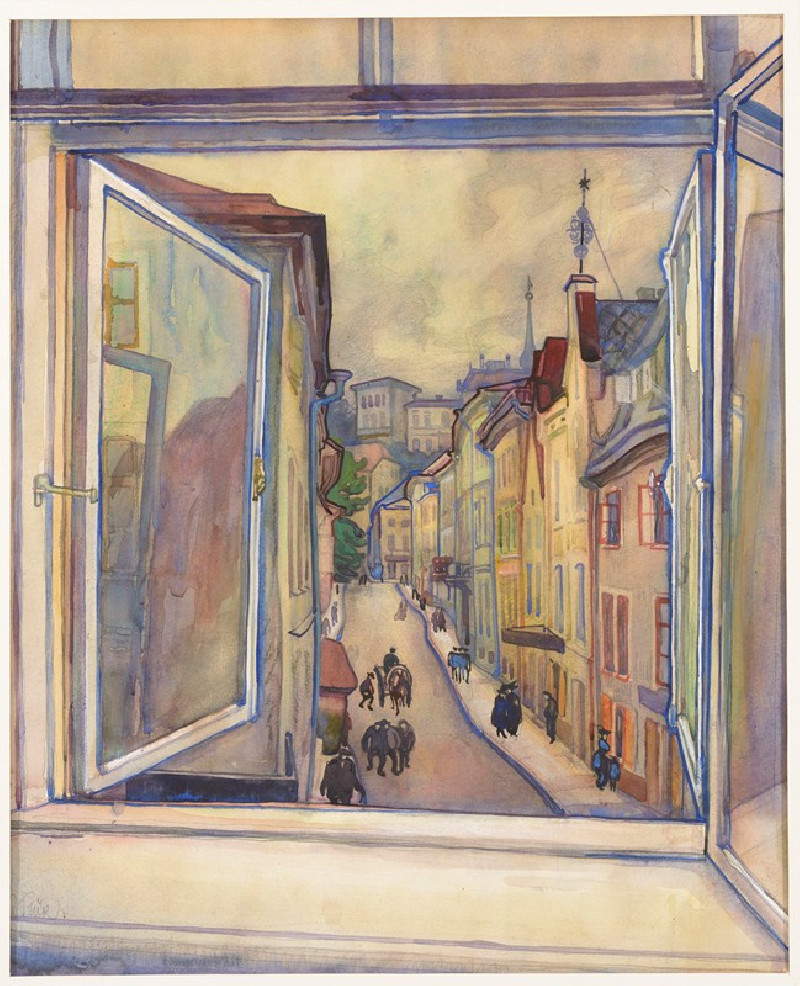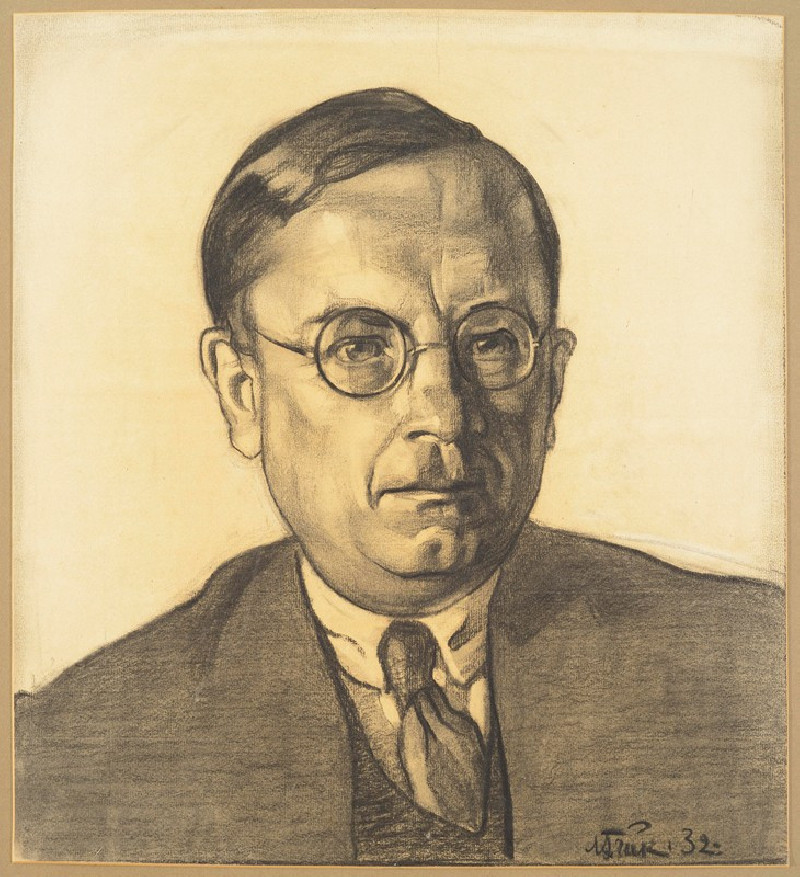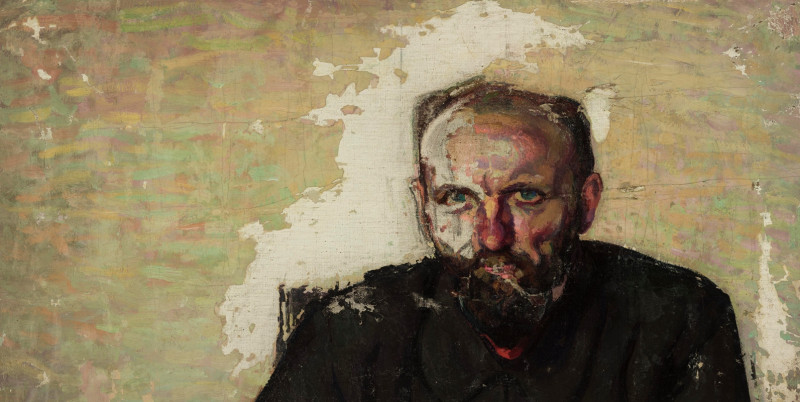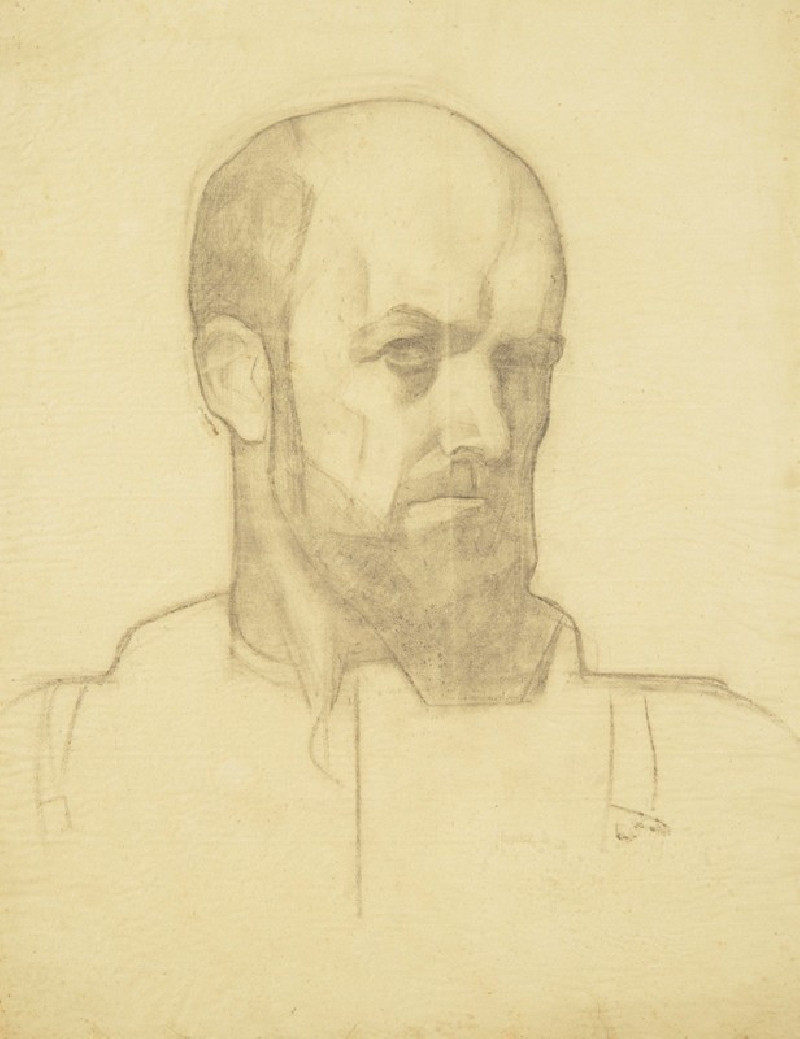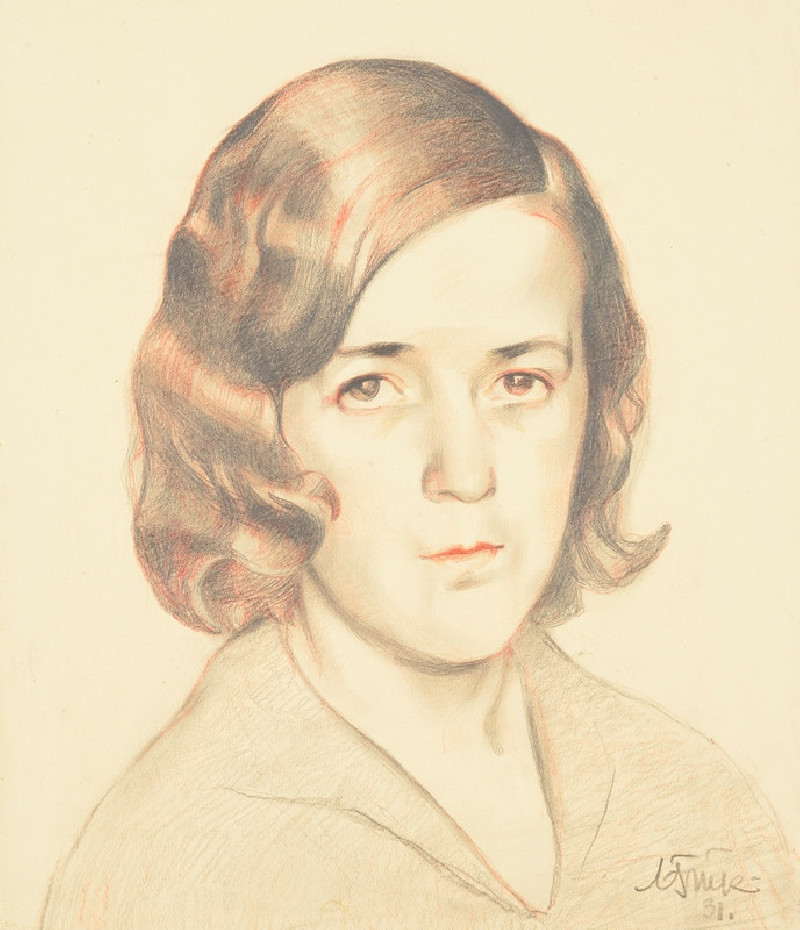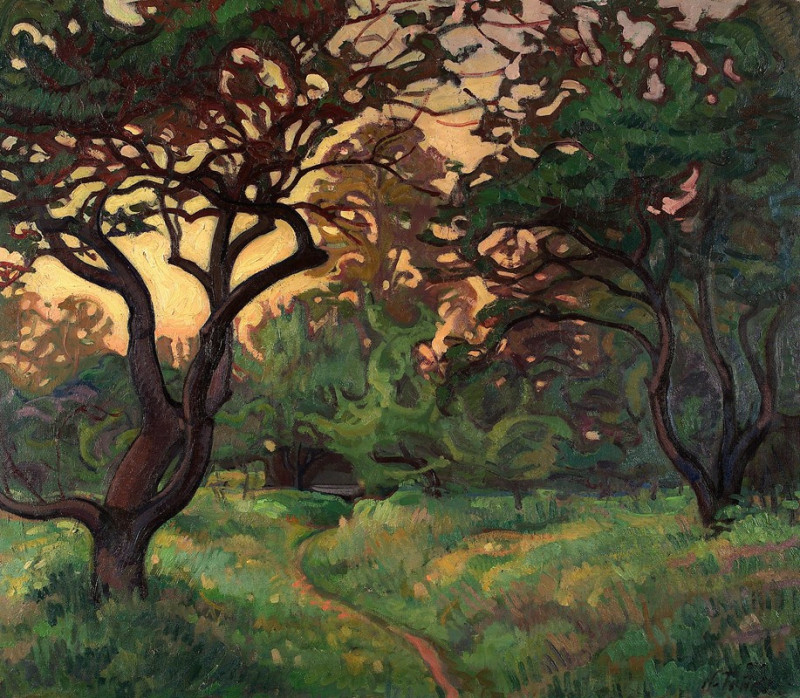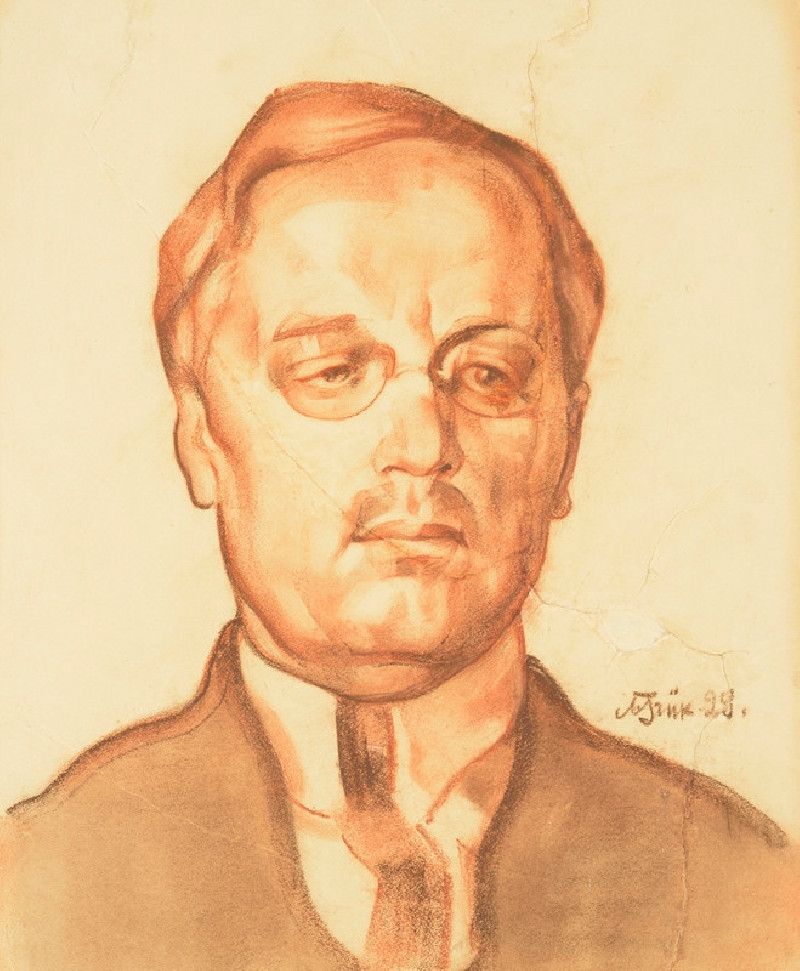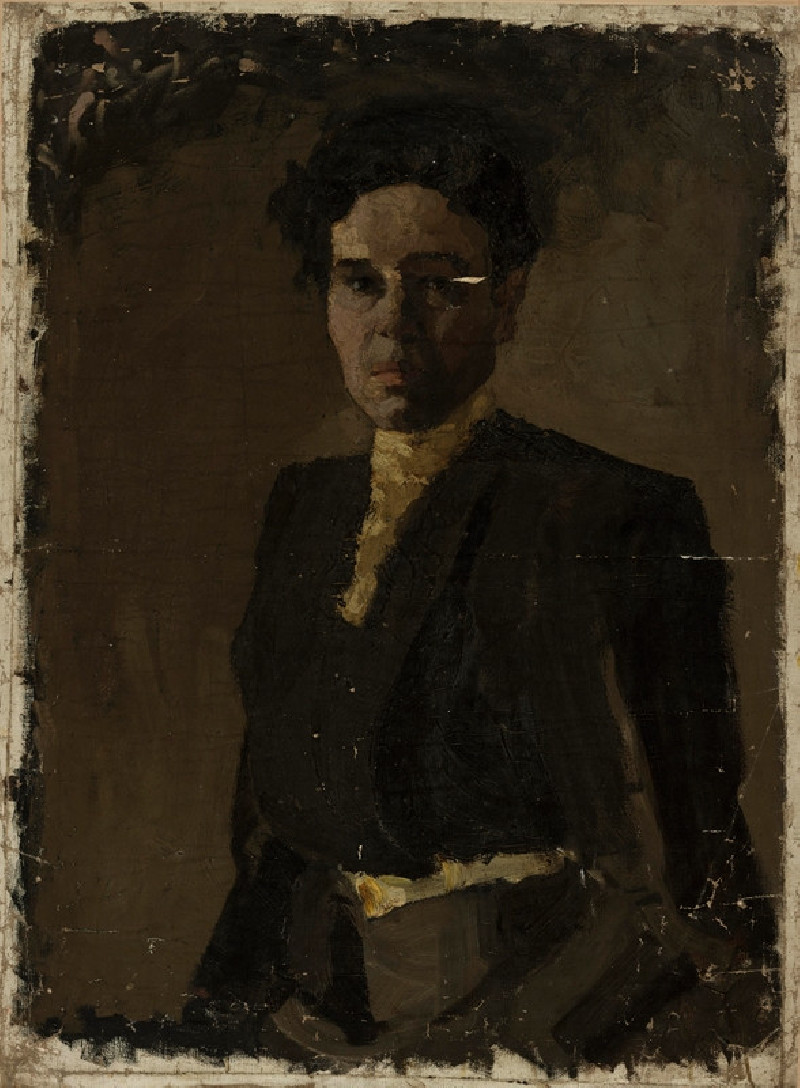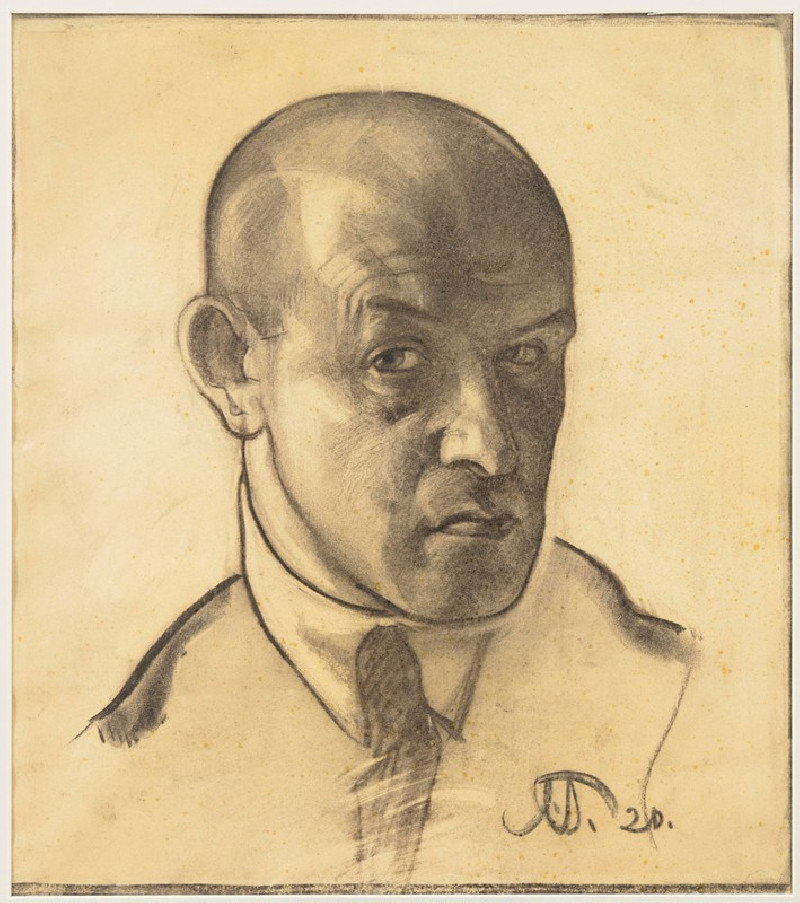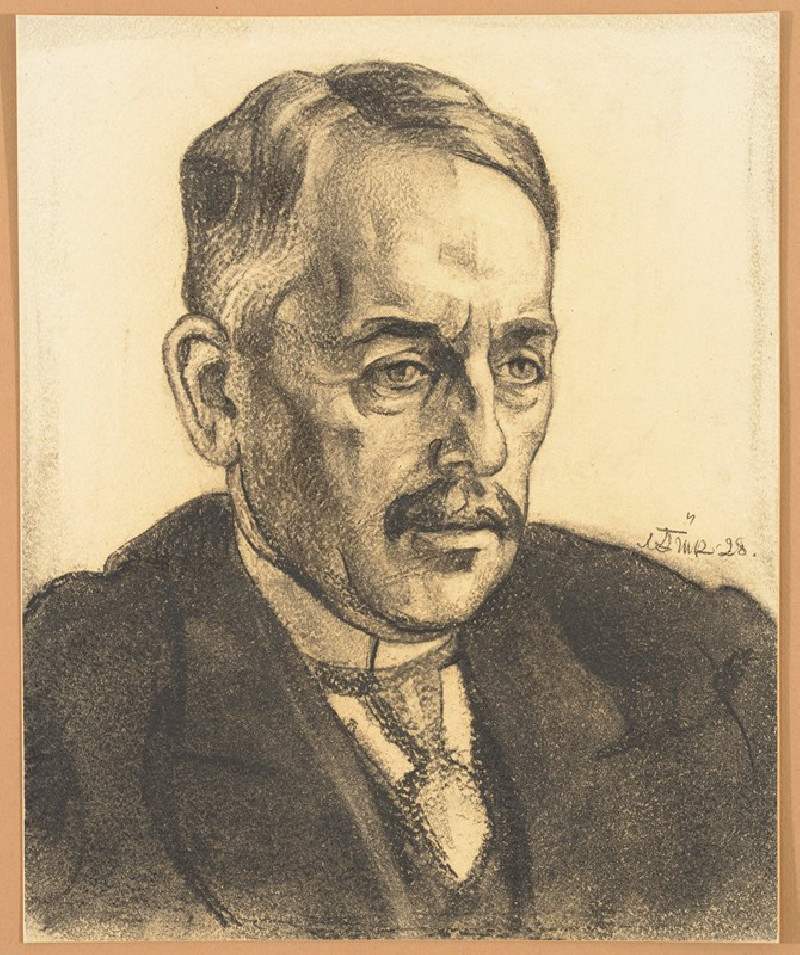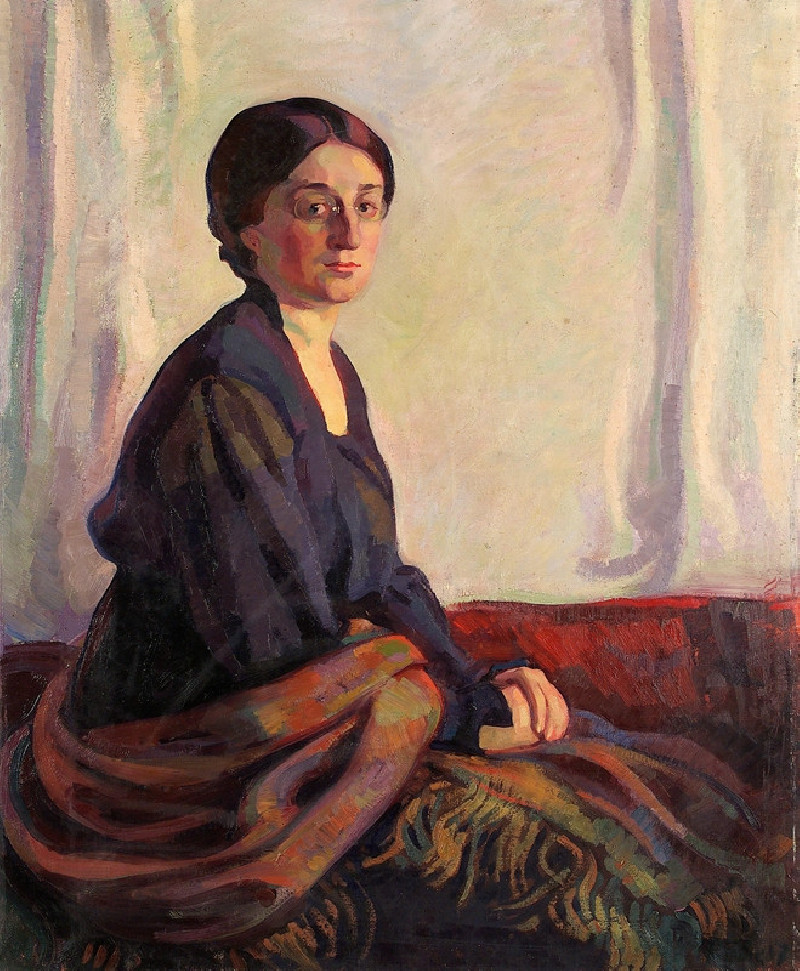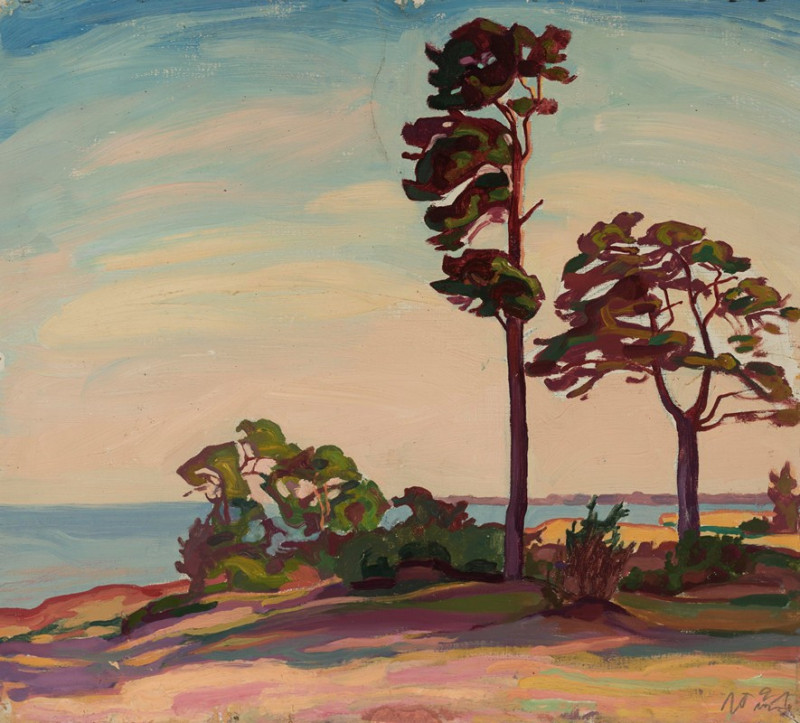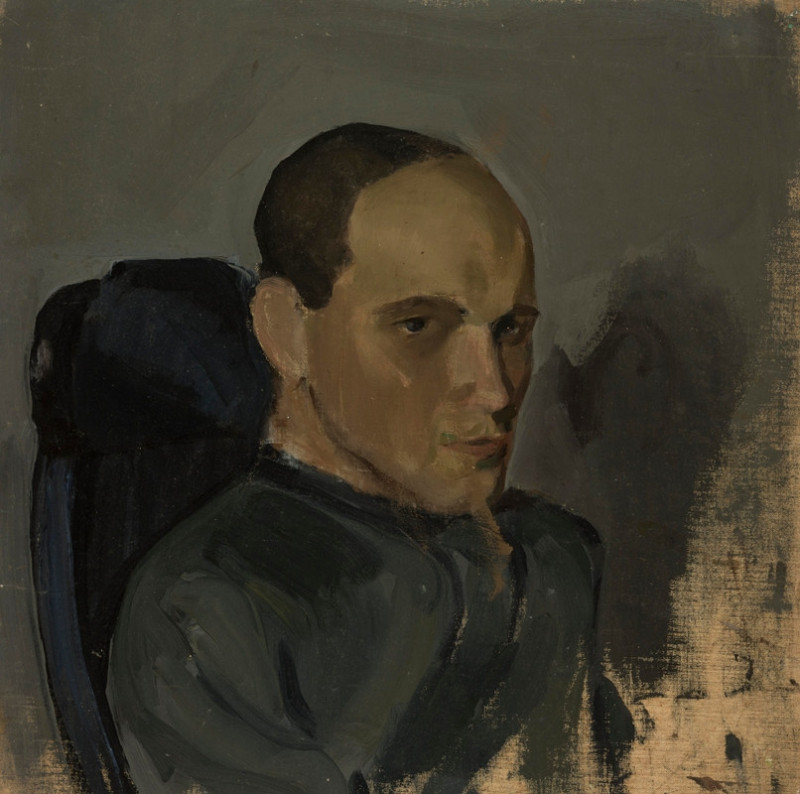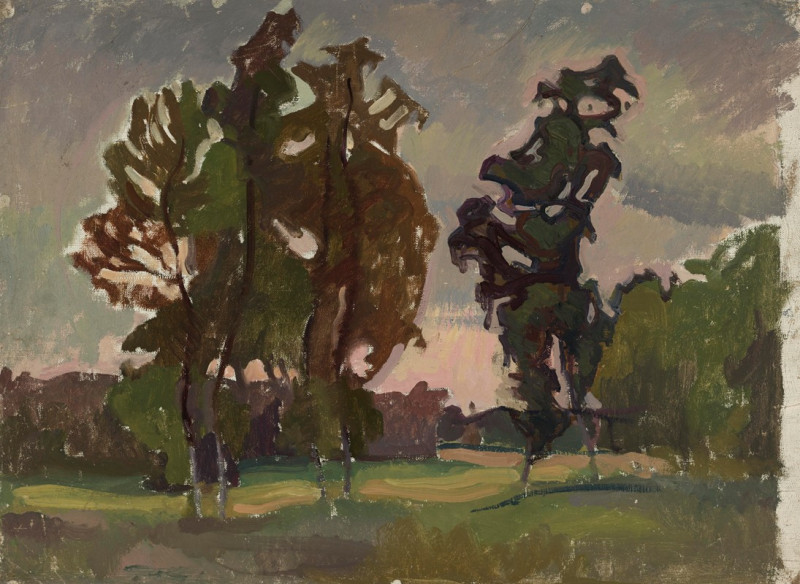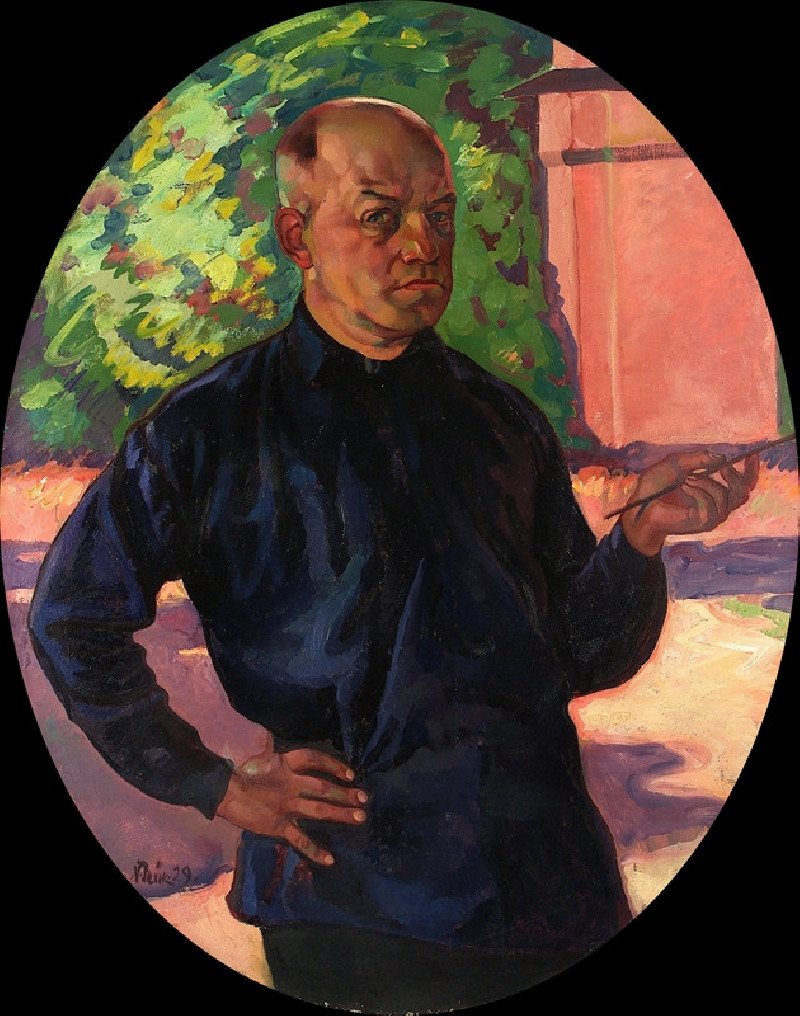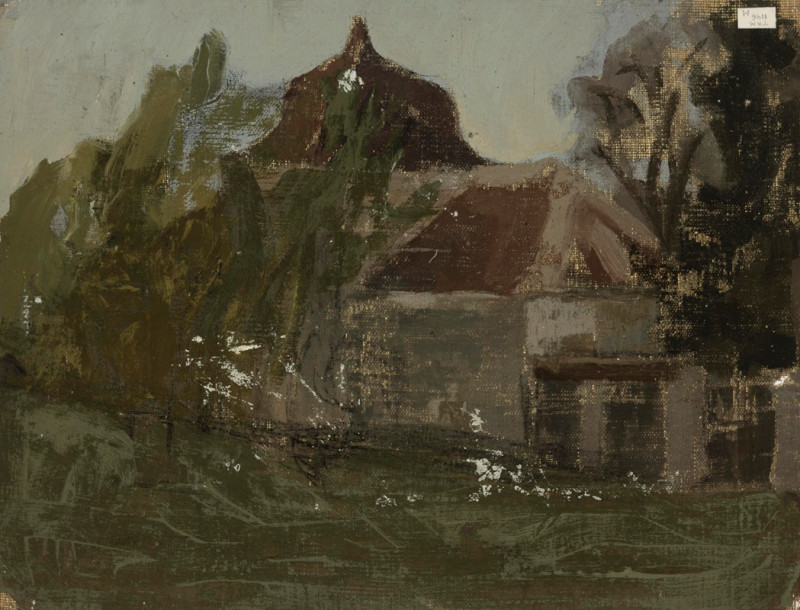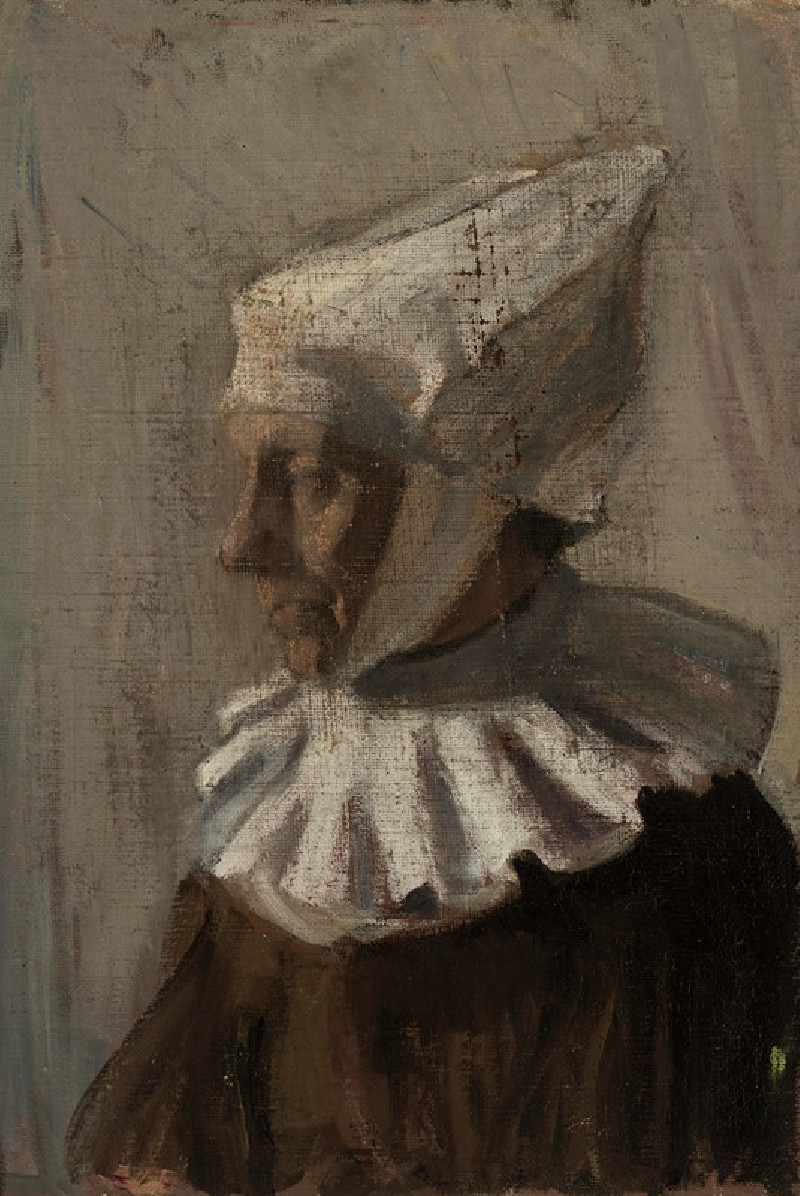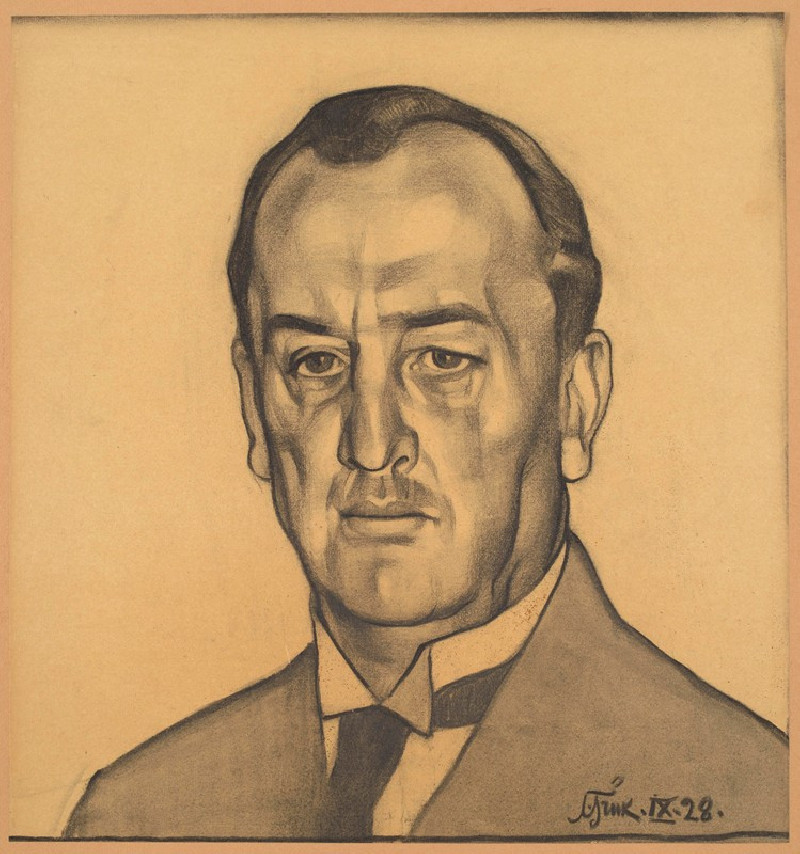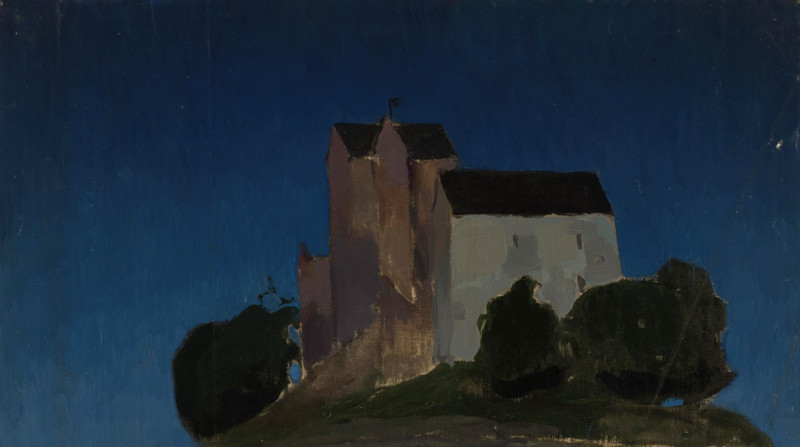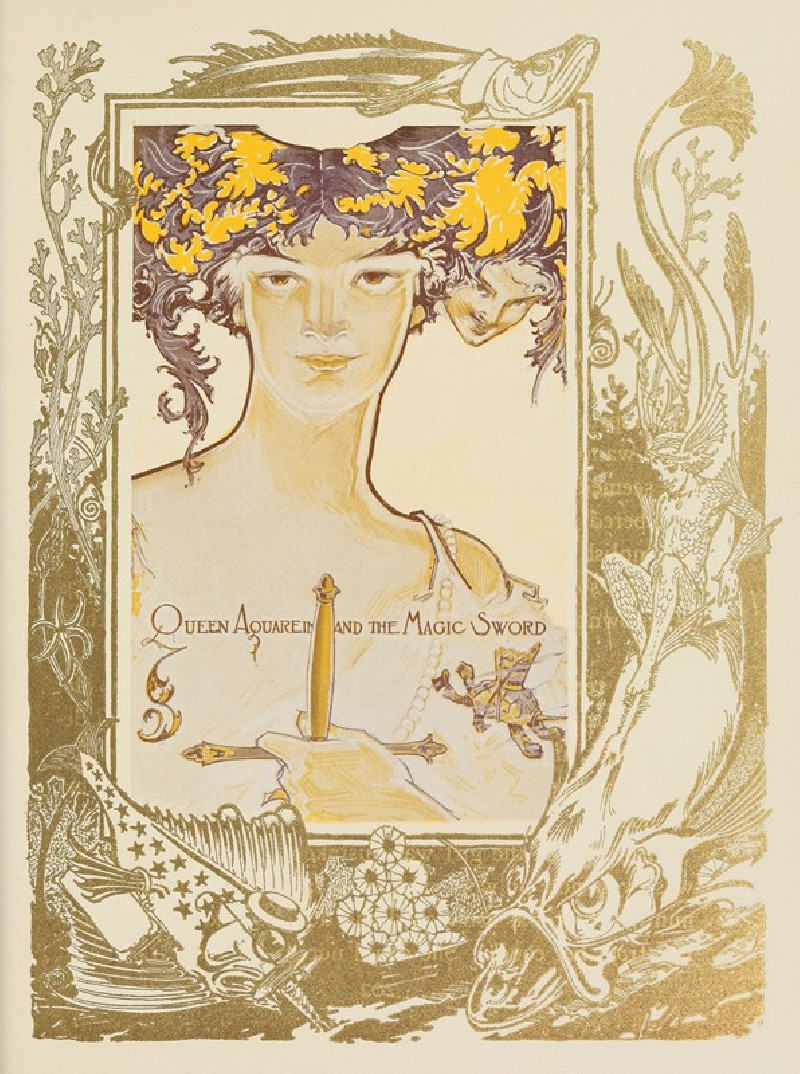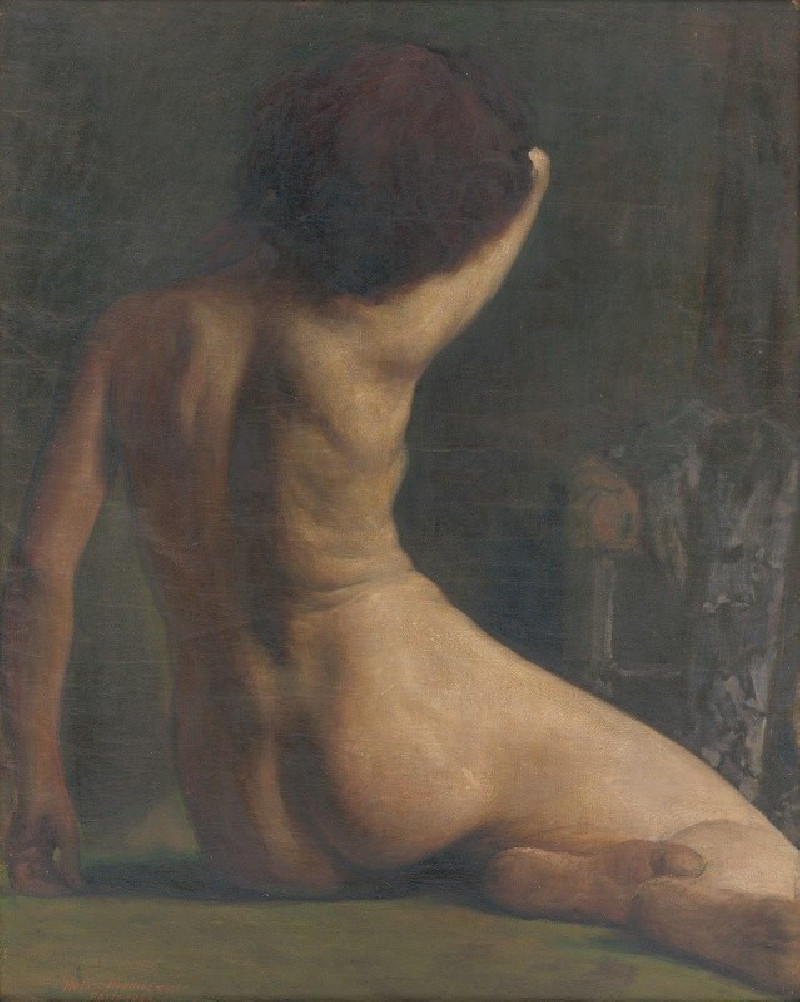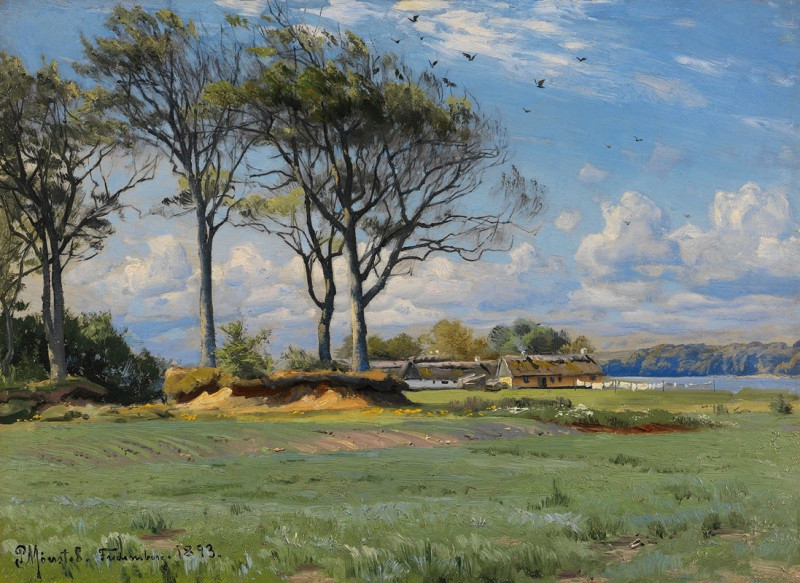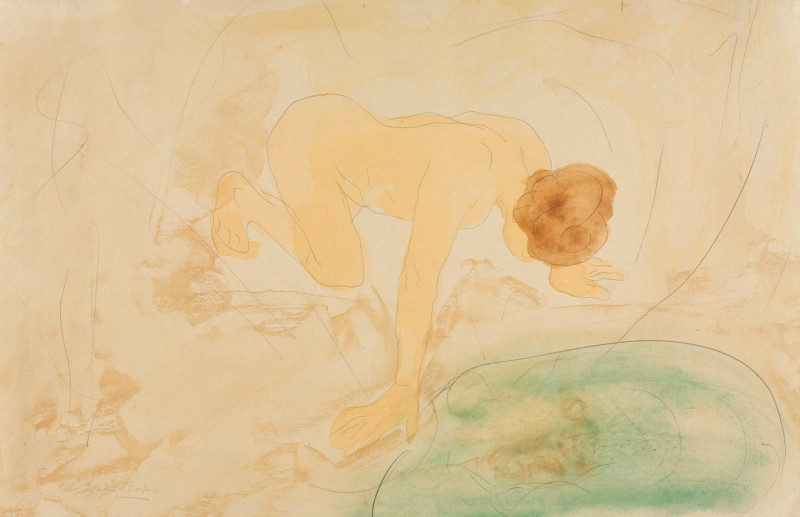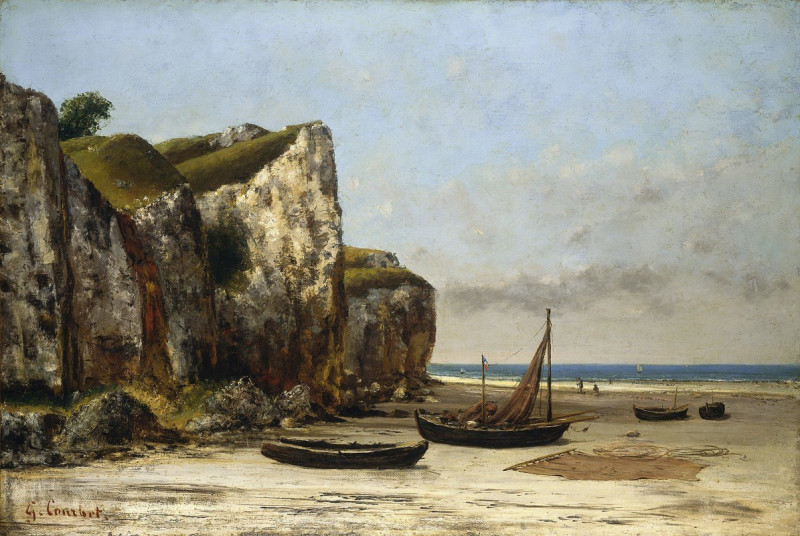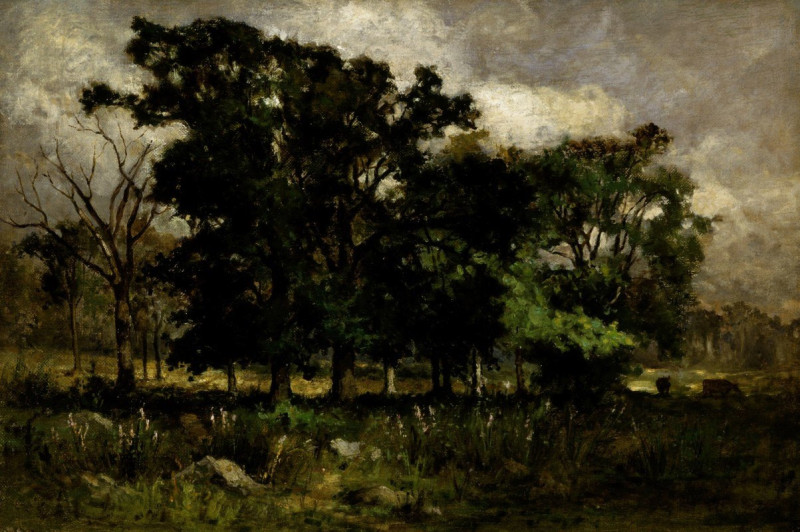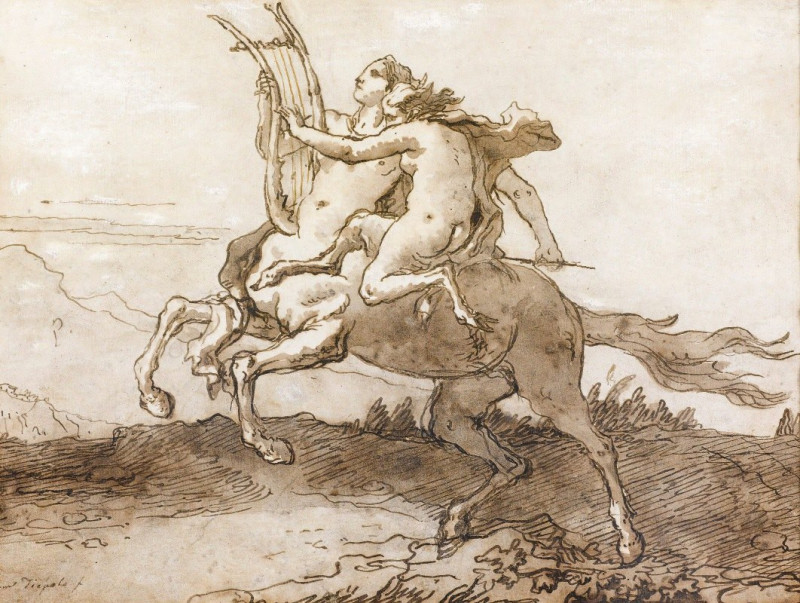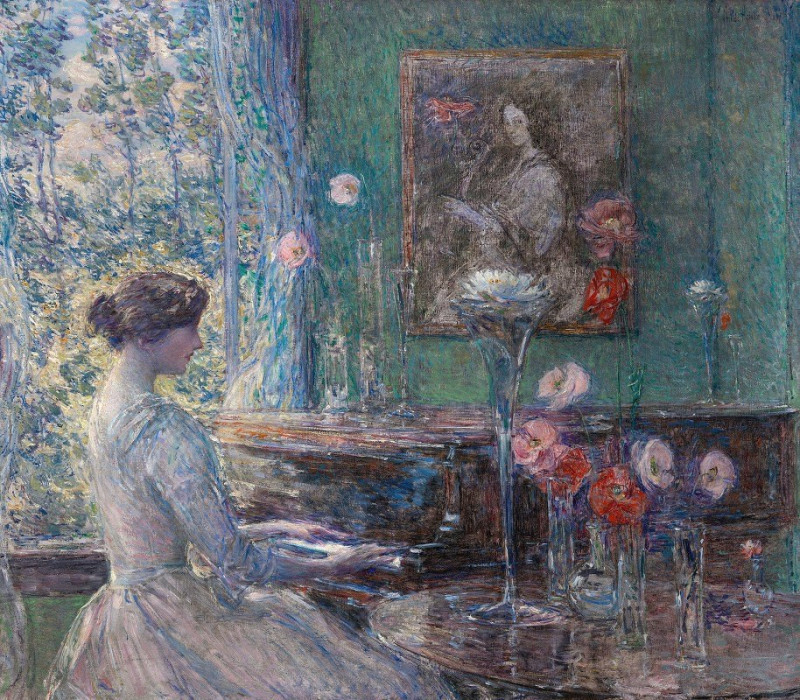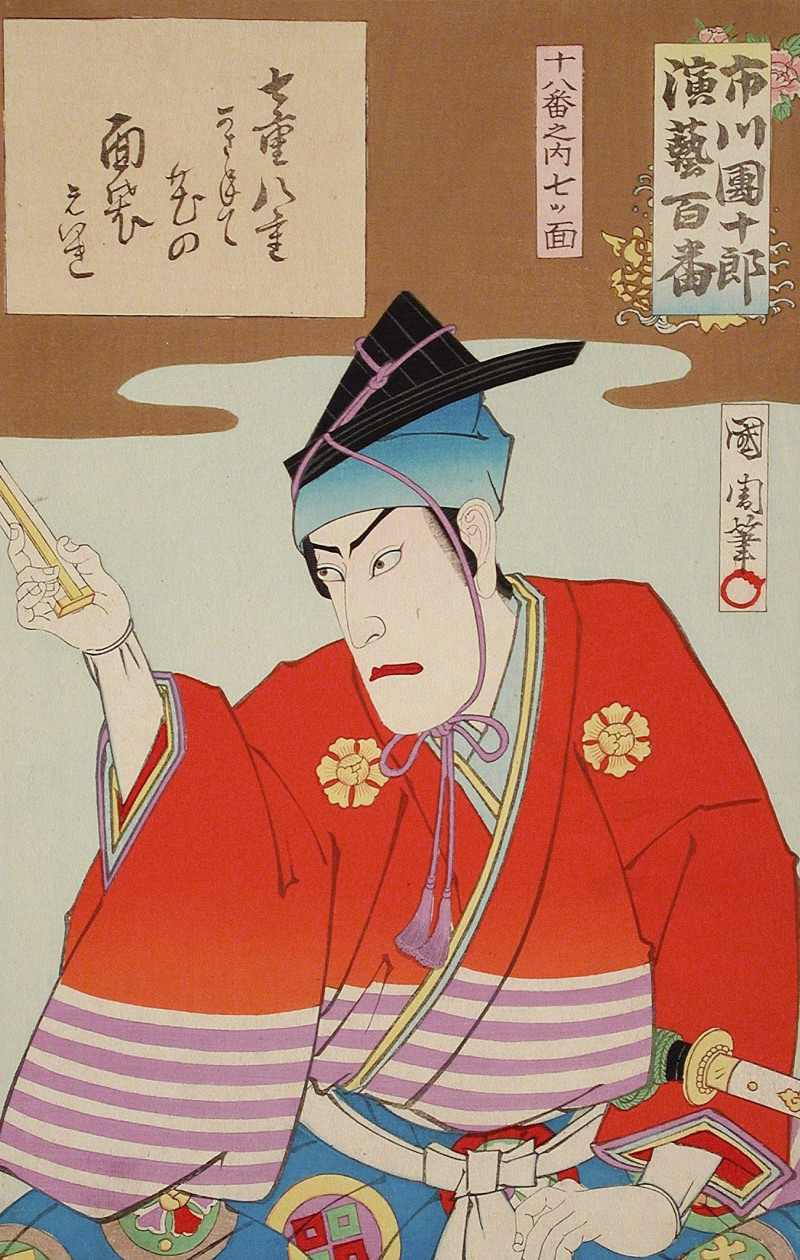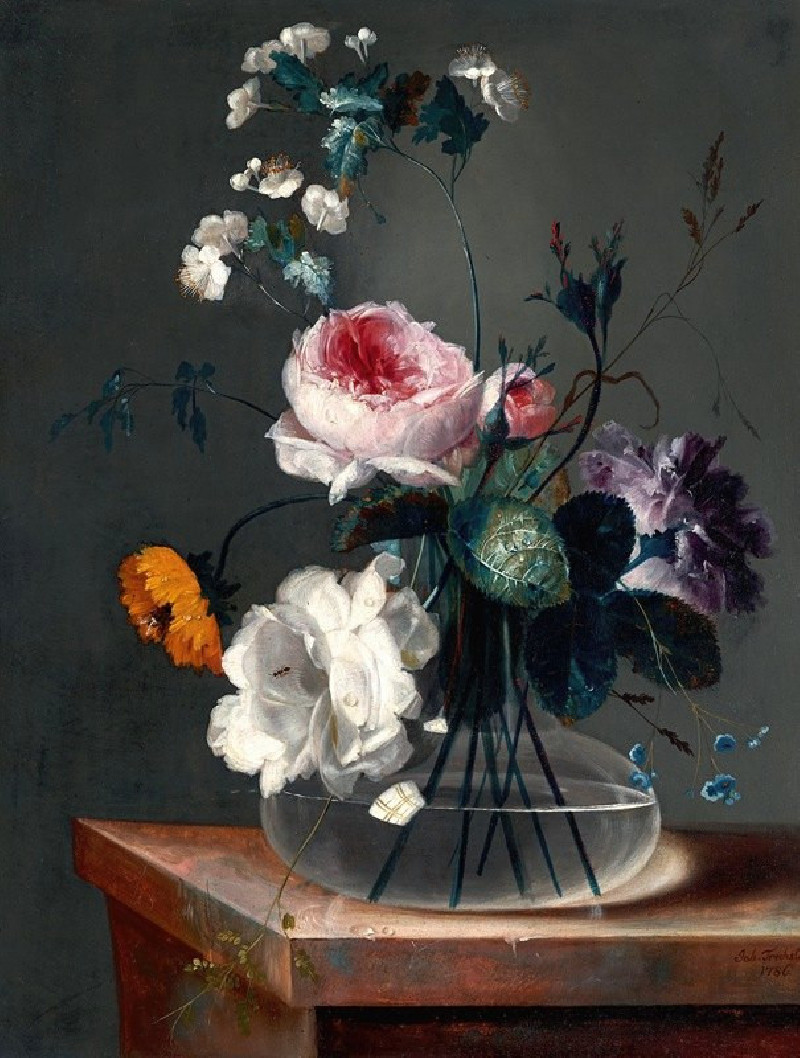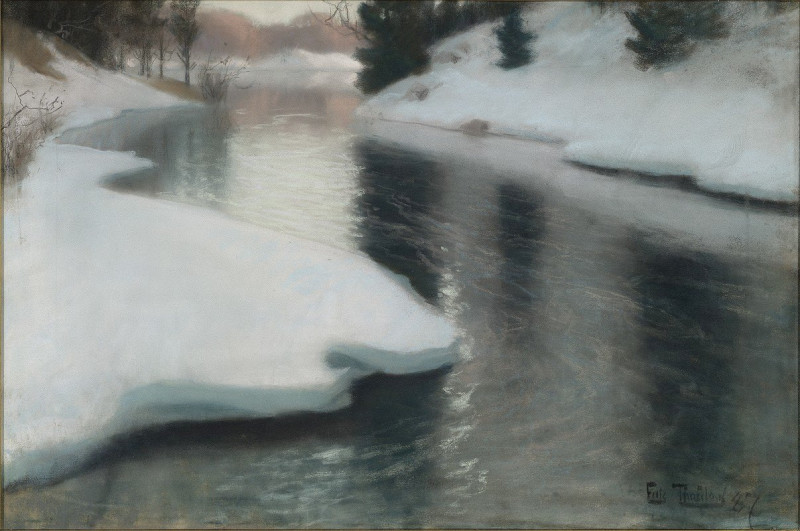Mehe portree (between 1913 and 1920)
Technique: Giclée quality print
Recommended by our customers
More about this artwork
Dive into the introspective world of early 20th-century Estonian art with Nikolai Triik's masterful portrait, "Mehe portree" (Portrait of a Man), painted between 1913 and 1920. This compelling artwork showcases Triik's unique blend of expressionism and symbolism that marked a significant period in Estonian art history.The painting captures the figure of a seated man, rendered with bold, confident strokes and a subdued palette dominated by earthy tones and deep shadows. The subject is depicted in a thoughtful, almost brooding pose, his gaze introspective and distant, which may suggest a moment of deep personal or philosophical contemplation. His facial features, strongly outlined and highlighted with touches of color, convey an intensity that is characteristic of Triik's portraiture.The man's attire is simple yet distinct, with a mustard-colored jacket featuring prominently. This choice of color adds a subtle vibrancy to the composition, contrasting with the darker, moodier background hues. The texture and brushwork lend a tactile quality to the painting, emphasizing the emotional depth and the painter’s skillful hand."Mehe portree" is more than just a visual representation; it is an invitation to ponder the inner worlds of individuals during a transformative era in Estonia. Through this portrait, Nikolai Triik not only immortalizes the likeness of a man but also encapsulates the cultural and psychological introspections of his time.
Delivery
Returns
Nikolai Voldemar Triik was an Estonian Modernist painter, graphic artist, printmaker and professor. His work displays elements of Symbolism and Expressionism.
He came from a middle-class family. After graduating from the public schools in 1901, he enrolled at the Saint Petersburg Art and Industry Academy, but was expelled for participating in a student strike during the 1905 Revolution.

